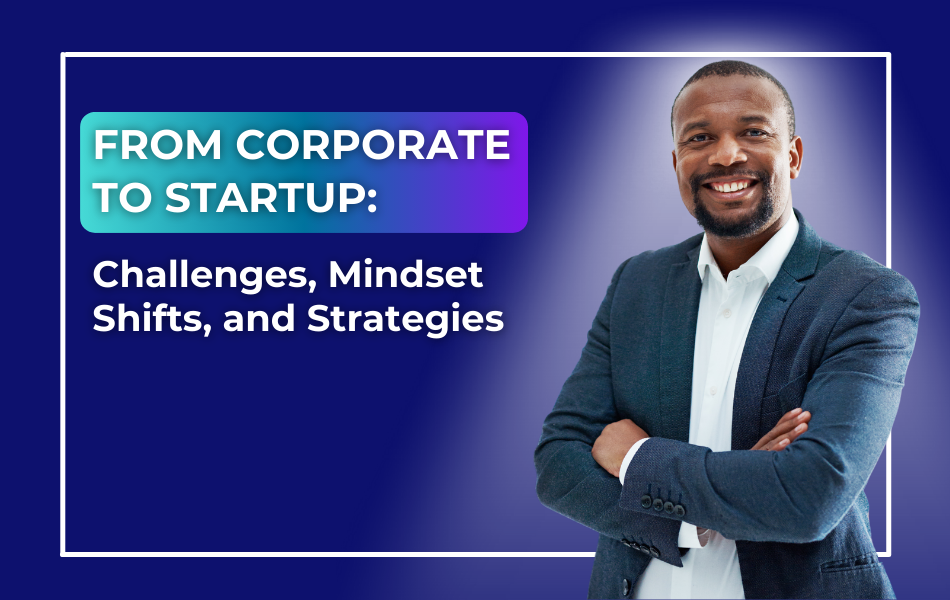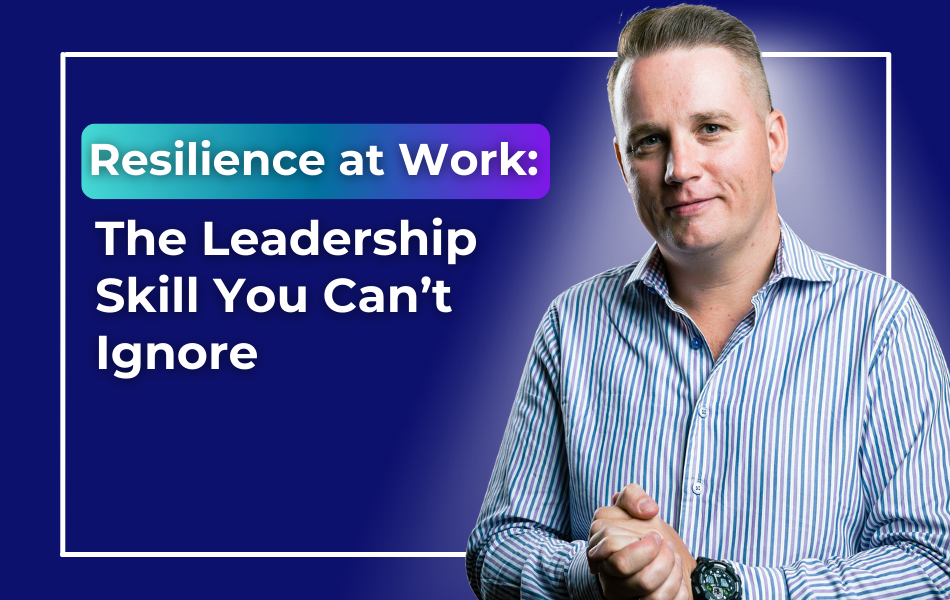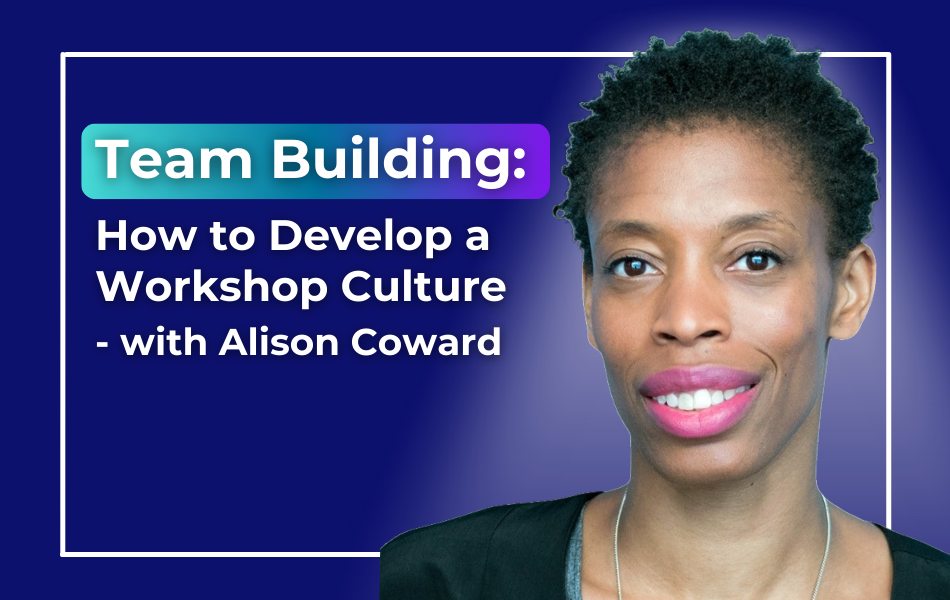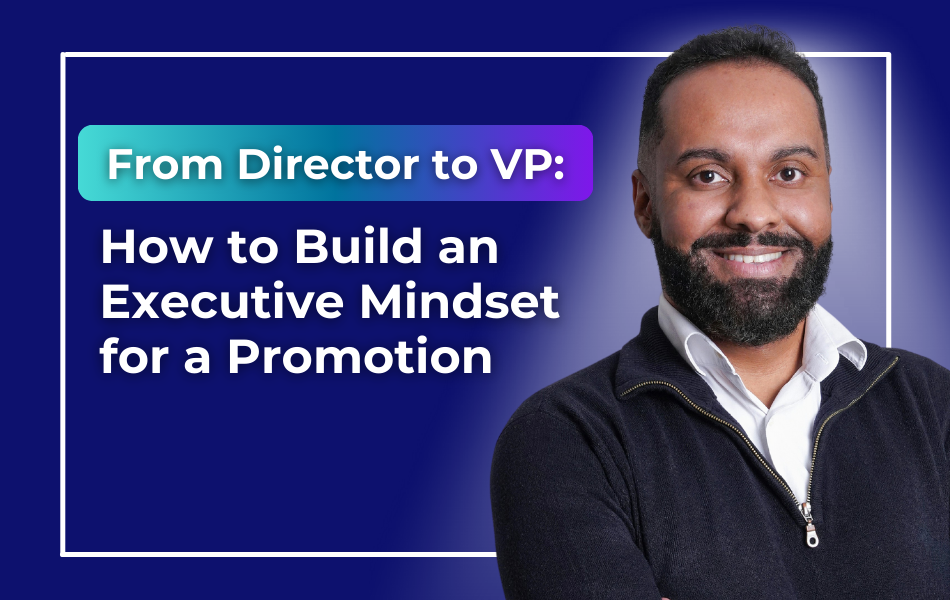
249. From Director to VP: How to Build an Executive Mindset for a Promotion
From Director to VP: How to Build an Executive Mindset for a Promotion
About this Episode
Ep. 249 -Leadership promotions don’t reward competence – they demand reinvention.
In this Manager Track episode, Ramona Shaw reveals why about two-thirds of technically skilled directors plateau before reaching VP level… and how to beat the odds.
She discusses:
- The “Better Director” Fallacy
- The DJ’s Secret Power
- From Expert to Influencer
- Silent Promotion Killers
Plus, by the end of the episode, you’ll know:
- Why the increasing popularity of lean management structures creates both risks and opportunities for mid-level leaders
- How to demonstrate “VP-readiness” without saying yes to more and more work
- How crisis leadership can become your ultimate influence amplifier
Getting that VP title is about already thinking, acting, and moving like a VP before anyone hands you the business card. So, this episode is perfect for directors who feel stuck or senior managers eyeing that next big promotion.
Episode 249 Transcript:
0:00:00 Ramona Shaw: Transitioning from a director to a VP role requires more than just excelling in your current role. We’re going to talk in this episode about the fundamental shifts in mindset and approach that are required for you to move into a higher level role, such as the move from a director to a vp. So stay tuned and we’re going to break down how to cultivate what we call an executive mindset that is needed for this big leap. We’re going to talk about practical strategies and actionable insights.
0:00:28 Ramona Shaw: Here are the two questions this podcast answers.
0:00:31 Ramona Shaw: 1. How do you successfully transition into your.
0:00:33 Ramona Shaw: First official leadership role? And 2 how do you keep climbing that leadership ladder and continuously get promoted? Although the competition and the expectations get bigger, this show, The Manager Track podcast will provide the answers. I’m your host Ramona Shaw. I’m on a mission to create workplaces where work is seen as a source of contribution, connection and personal fulfillment. And this transition starts with developing a new generation of leaders who know how to lead so everyone wins and grows.
0:01:03 Ramona Shaw: In the show, you’ll learn how to think, communicate and act as confident and competent leader. You know you can be welcome to.
0:01:10 Ramona Shaw: This episode of The Manager Track podcast. In my work as a leadership coach, I work most often with two groups or at two different stages. One are people who are moving from an individual contributor into their first leadership role. That’s a big transition. I would even say the biggest transition in someone’s career. The second transition that we support leaders with is moving from sort of operational tactical role as a leader into a higher level, more strategic role.
0:01:38 Ramona Shaw: In some organizations this could be a CEO who’s pretty tactically and operationally active because that CEO doesn’t have a strong leadership team who would be able to take that on. And so the CEO needs to a build that team up but then also elevate their role to operate more strategically. In other organizations. This could be moving from a VP role into a COO role and then yet you might find a third organization. This is where the scenario is.
0:02:05 Ramona Shaw: Directors are pretty tactical and then once you’re in a VP position, that’s when you operate a lot more strategically. So I am referring to this here as moving directly to vp. But please take this with a grain of salt. The titles are so different across organization. That’s really not what the point is here. The point is how do you move up into that higher level role that many of us are trying to get to. And especially if you think about what’s currently going on in many organizations where there’s a leaning out of managers, meaning there are fewer mid level manager positions and we see senior leaders overseeing larger scopes, larger teams and departments.
0:02:43 Ramona Shaw: And then we have a lot more newer frontline managers who are working directly with ICs. So if you find yourself in that mid layer, it is a really good time right now to think about how do I level up and how to position myself to work and operate and demonstrate I can operate at a more strategic level so I’m not getting stuck at that mid level. I’m going to talk about four specific shifts that you need to make to move from that director, that operational level into a more strategic level.
0:03:12 Ramona Shaw: I also want to say up front, I will at the end briefly talk about our executive presence intensive. The first class of 2025 will kick off on February 17th. So if this is something that’s of interest interest you, this whole topic resonates with you. Then check out the links in the show notes and connect with us to see if this is the right program for where you’re at. We’re about to be booked out, so if you don’t get a seat, then at least you’ll be added to the wait list first come, first serve when we relaunch the program in May of 2025.
0:03:44 Ramona Shaw: So with that said, let’s dive into the four shifts. The first one, and this is where I see a lot of directors getting hung up on, is this idea that they’re trying to be better directors. So stop trying to do better in your current job in order to then be picked for that VP promotion. Yes, you need to be good and you need to be mastering your current job, because otherwise you don’t even need to be thinking about that VP role yet.
0:04:14 Ramona Shaw: If you’re not yet mastering your current role, then think about that ultimate goal, of course, and bridge the gap, the skill gap, by doing trainings and by exposing yourself to learning opportunities and so forth in order to get closer to the BP role. But then your main goal should really be how do I master my current job? But once you are mastering your current job, getting to the BP role is not about doing better.
0:04:37 Ramona Shaw: Instead, it’s about acting like a vp. Today, ask yourself on a regular basis, how would I lead this meeting if I was already a vp? Where would I focus my time if my scope was broader and I was at a VP level? What decisions or what kind of work would I delegate to free up bandwidth for my strategic work? You consistently want to ask yourself, how am I currently operating and how is that different for how I think I would be operating as a vp.
0:05:13 Ramona Shaw: And then you want to do things that help you actually work a lot more like a VP within the realm of your authority. Of course you don’t want to step on other people’s toes or do things that are outside of your sort of level of authority and will get you into trouble. But mentally you want to start to think like this, how would I do that if I had already been promoted? It’s a different mindset. It’s not just doing better as a director, it’s doing things differently. And most of us would say like, yeah, if I had a title, you know, I would say no to these meetings. If I had a title, I would present myself differently in that conversation. Or I would have a stronger opinion about, or I would voice a stronger opinion about it.
0:05:58 Ramona Shaw: These are exactly the gaps you want to identify and then lean into doing more of what you would do as a vp. So this shift focuses on you identifying gaps between your current habits and the behaviors that you would expect at that VP level. So most VPs, for example, spend about 30 to 50% less time on day to day operations compared to directors. Instead, they focus a lot more on cross functional influence and the longer term vision.
0:06:27 Ramona Shaw: So those are immediate gaps. So that’s number one. Number two is what we call build your DJ mindset. So imagine yourself as a DJ at a party. You know, it could be a party like we knew it from in our 20s. It could be a wedding party. The DJ is usually slightly elevated. The DJ is observing the crowd and then adjusting the music to keep the energy high, or adjusting to the energy in the room to tune into the different moments. And the DJ is reading the room and is adjusting. And when the DJ notices, oh, we need to intervene because people are leaving the dance floor, then they will tune up the song and bring up music from the 80s. Okay, I’m dating myself.
0:07:11 Ramona Shaw: So similarly, as a VP, elevate yourself slightly. That means you start to distance yourself from the operational work and you start to observe what’s going on. It also means as we’re sort of separating ourselves, we have to delegate more effectively so that the team can operate autonomously. The DJ is not on the dance floor, right? The DJ is not doing the dancing. The DJ is up, elevated playing the music.
0:07:38 Ramona Shaw: So if your team can’t function or dance without you being there, you’re not ready to level up. And that would then be one of those situations where I said earlier, you have to first master your role. So you have to first develop a team that can Operate autonomously. And of course someone quits and you have to jump in and help out. There are other restructurings or other changes that require you to roll up your sleeves and get into it, but those are always temporary. That is not the default operational mode that you’re in.
0:08:13 Ramona Shaw: This DJI mindset also means that you can connect the dots, right? You see market trends, you see internal risks, you’re listening to customer feedback and you pull that into your work. You read about your market, you have a lot of conversations with people inside and outside your organization to fuel that strategic thinking. In fact, according to a study published in HBR, 72% of executives credit pattern recognition as critical for strategic success.
0:08:42 Ramona Shaw: So this is about developing this skill to be exposed, connect dots and identify patterns. And then the last thing about this DJ mindset is to be adaptable. Yeah, like a dj, read the room, pivot quickly when priorities shift. Don’t get stuck in the weeds. So that’s number two. Number three, master influence, not just expertise. At the VP level, your technical skills are table stakes. Yes, we do know VPs, but that’s not the case.
0:09:13 Ramona Shaw: But that’s not what we’re going for. When you are heading to the VP level, we’re all understanding that your technical skills are unquestionable, undeniable. It’s not that you need to keep up with the latest coding languages and platforms and the tech stack. No one is questioning whether you know what you’re talking about at that level. You wouldn’t have gotten to the position that you’re in if your competence was questionable. Competence is the first way we build trust. It’s also the first way and easiest way to build authority. So at that level, it’s table stakes.
0:09:47 Ramona Shaw: What now sets you apart though, is your ability to sell ideas convincingly. So use data storytelling to align stakeholders, secure cross departmental buy ins, identify growth opportunities, motivate people, build these coalitions and cultivate relationships. So that influence part is so much more important than the expertise. And it’s so many directors gain a lot of confidence and sort of feeling rewarded for work that they do that validates their competence, their expertise, not their influence. And that is a big mindset shift to go through it, make the influence. By the way, this is also a critical one. If you can’t lead under pressure, if you can’t stay calm under pressure and be rational with your decision making or as rational as possible with your decision making during crisis, then now your influence is eroding, right? So yes, you might know what you’re talking about. But then on the crisis or when things get difficult or stressful, you’re no longer demonstrating that.
0:10:51 Ramona Shaw: So influence also means that you are that center, gravity, pole, that rock that people want to listen to and want to be led by in crisis. Now, the fourth point, last but not least, is to invest in your executive presence. This is your demeanor. It’s also your communication style that signals that you’re ready for a VP seat. It includes being really clear, speaking succinctly, avoiding jargon, using frameworks and structures in your update because you understand that at the higher level, the more often you speak to senior leaders and executives, the shorter their attention span, the less information that they can and want to absorb, and the faster they want to get to a decision.
0:11:38 Ramona Shaw: So to demonstrate that you can also operate at that level means that you have to learn to speak that kind of language and communicate with this demeanor and this style. So executive presence, the confidence you exude, your ability to present well and effectively, and then the way that you use written and verbal communication to get buy in, to advocate for your ideas or to respond when someone someone challenges you. This is really important.
0:12:04 Ramona Shaw: So these are the four mindset shifts I wanted to highlight here. As I said in the beginning, if you’re serious and you want to accelerate your growth, then check out our Executive Presence program. It’s a four week program blending coaching, peer feedback and feedback from us, plus practical applications in a group. This is a really powerful intensive four week program. Won’t take you more though than about two hours a week, but those two hours will be well worth invested in.
0:12:33 Ramona Shaw: Check out the show notes or head ON over to arcova.org for more information. Talk to you next time.
REFLECTION & DISCUSSION QUESTIONS
- When faced with a problem, do you first think “how do I fix this?” or “what systems need to change to prevent this?”
- In meetings, how often do you bring up market trends or competitor moves versus day-to-day operations?
- If you couldn’t check your email or attend any meetings for a week, would your team know what to prioritize and how to move forward?
RESOURCES MENTIONED
- Get more information on the Executive Presence Intensive Program HERE.
- Learn how to turn your 1-on-1 meetings from time wasters, awkward moments, status updates, or non-existent into your most important and valuable meeting with your directs all week. Access the course and resources here: ramonashaw.com/11
- Have a question or topic you’d like Ramona to address on a future episode? Fill out this form to submit it for her review: https://ramonashaw.com/ama
- Schedule a strategy call with Ramona HERE.
OTHER EPISODES YOU MIGHT LIKE
- Episode 105 – Train Your Thinking to Become a Better Leader
- Episode 157 – Retain Employees Who Didn’t Get Promoted
WHAT’S NEXT?
Learn more about our leadership development programs, coaching, and workshops at archova.org.
Grab your copy of Ramona’s best-selling book ‘The Confident & Competent New Manager: How to Rapidly Rise to Success in Your First Leadership Role’: amzn.to/3TuOdcP
If this episode inspired you in some way, take a screenshot of you listening on your device and post it to your Instagram Stories, and tag me @ramona.shaw.leadership or DM me on LinkedIn at linkedin.com/in/ramona-shaw
Are you in your first manager role and don’t want to mess it up? Watch our FREE Masterclass and discover the 4 shifts to become a leader people love to work for: www.archova.org/masterclass
Don’t forget to invest time each week to increase your self-awareness, celebrate your wins, and learn from your mistakes. Your career grows only to the extent that you grow. Grab your Career Journal with leadership exercises and weekly reflections here: ramonashaw.com/shop
Love the podcast and haven’t left a review yet? All you have to do is go to ramonashaw.com/itunes and give your honest review. Thanks for your support of this show!
* Disclaimer: Shownotes may contain affiliate links. That means that I am awarded a small commission for purchases made through them, at no added cost to you.




